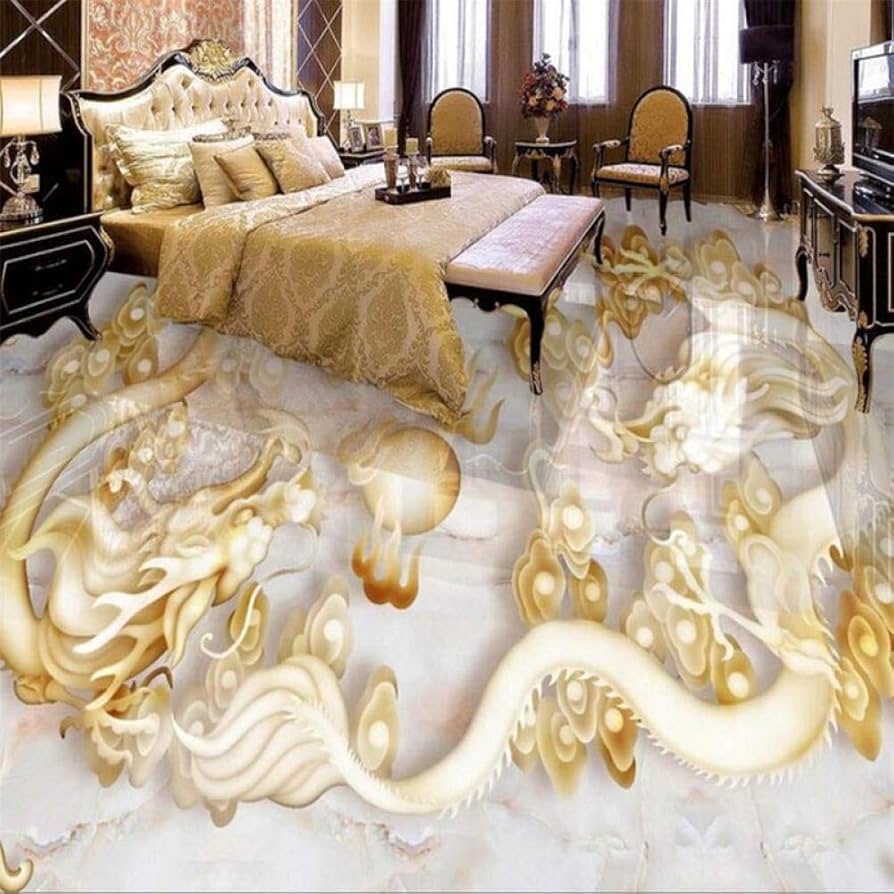As architecture and interior design continue to evolve, so do the materials used to build and finish spaces. Flooring, being one of the most essential elements in any building, demands a careful balance of performance, aesthetics, and cost-effectiveness. Among the many innovations available today, synthetic flooring has proven to be a smart and efficient solution for a wide variety of applications.
Synthetic Flooring refers to man-made materials specifically engineered to perform better than traditional flooring options like wood, ceramic, or stone. These floors are designed to resist moisture, stains, impact, and wear, making them ideal for areas with high foot traffic or challenging environments. Whether used in commercial offices, schools, hospitals, or even homes, synthetic floors offer a combination of strength and style.
One of the major advantages of synthetic floors is their low maintenance. Unlike natural materials that may require sealing, polishing, or regular treatment, synthetic options are typically easy to clean and maintain. They also offer a wide range of design options, with finishes that mimic wood, marble, or other luxury materials—without the high cost or upkeep. This versatility makes synthetic flooring a popular choice among architects and property developers.
A leading option in this category is synthetic acrylic flooring material , which stands out for its seamless appearance and impressive durability. This type of flooring is applied in liquid form and cures into a solid, smooth surface. Its non-porous nature means it doesn’t allow water, dirt, or bacteria to seep in, making it an ideal choice for hygienic environments like healthcare facilities, laboratories, and food processing areas.
Acrylic floors are also valued for their aesthetic appeal. Available in a range of colors, patterns, and finishes, they can be customized to fit almost any design requirement. Whether you need a high-gloss modern look or a slip-resistant matte finish, acrylic delivers both style and safety. Additionally, its strong resistance to UV rays, chemicals, and physical wear ensures that the flooring retains its appearance and performance for years.
From an environmental perspective, many synthetic and acrylic flooring products are now made with recyclable content and low-emission formulas, making them a responsible choice for sustainable building practices.

